Trends And Developments In Artificial Intelligence: Challenges To Patent Law
January 27, 2021
Introduction
The impact of Artificial Intelligence (AI) on intellectual property (IP) law undoubtedly ranks as one of the most-discussed topics of 2020 among legal academics and practitioners. Following initiatives at WIPO, the EPO and several national IPOs (including the UKIPO and the USPTO), EU institutions have now also become active in this area. On 20 October 2020, the European Parliament adopted a resolution on IP rights for the development of AI technologies. In parallel, on 25 November 2020, the European Commission published a commissioned study on challenges posed by AI to the European IP rights framework.
The study, which was carried out by researchers at the Institute for Information Law (IViR) [the authors of this post] and the Joint Institute for Innovation Policy (JIIP), examines the state of the art of copyright and patent protection in Europe for AI-assisted outputs in general and in three priority domains: science (in particular meteorology), media (journalism), and pharmaceutical research. The term “AI-assisted outputs” is used in the study to refer to productions or applications generated by or with the assistance of AI systems, tools or techniques. This post focuses on the patent law analysis of the study (for a overview of the study and of the copyrigth part, see here and here).
The use of AI systems in the realms of culture, innovation and science has grown spectacularly in recent years and should continue to do so. As noted by Drexl et al, AI applications relevant for patent law might include, for example, technology for “the functioning of a self-driving car, optimisation of a car design, development of medical treatments, virtual assistants”. Although AI systems have become increasingly sophisticated and autonomous, our study assumes that fully autonomous creation or invention by AI does not yet exist, nor will it exist for the foreseeable future. The study, therefore, views AI systems primarily as tools in the hands of human operators.
AI and European Patent Law
In respect of European patent law, our analysis focuses on the European Patent Convention (EPC), looking into a number of issues related to AI-assisted outputs: inventorship, ownership, novelty assessment, inventive step, sufficiency of disclosure, and the case study of drug discovery.
As our study demonstrates, the requirement that an inventor be named on a patent application means that one or several human inventors must be identified. Under the EPC regime, this is essentially a formal requirement. The EPO does not resolve disputes regarding substantive entitlement, which is an issue that is governed by national law. Following this approach, the EPO decided two cases in 2020 (currently under appeal) where it considered that, because AI systems do not have legal personality, they cannot be named inventors on a patent application.
A human inventor typically has the right to be named on the application. Beyond this, inventorship and co-ownership are mostly a matter for national law. It should be noted, however, that as AI technology stands today, the possibility that an AI system would invent in a way that is not causally related to one or more human inventors (e.g. the programmer, the trainer, the user, or a combination thereof) seems remote. As technology stands, no immediate action appears to be required on the issue of inventorship at EPC level.
As regards patent ownership, there are at least three possible (sets of) claimants to an AI-assisted invention: the programmer or developer of the AI system; the owner of the system; and the authorised user of the system (who provided it with training data or otherwise supervised its training). Neither international law nor the EPC provide clear rules on how ownership of patents may be affected by this new type of AI-assisted inventive activity. It is therefore a matter for national laws. However, that might not require harmonisation as there does not seem to be a problem in establishing a sufficient connection between an AI-assisted invention and a patent applicant.
The granting of a patent requires that, as of the date of filing, the invention must be new (novel) and involve an inventive step. While the increasing use of AI systems for inventive purposes does not require material changes to these core concepts, it may have practical consequences for patent offices. AI systems enable qualitatively or quantitively different novelty (prior art) searches, and the practical application of inventiveness may change as certain claimed inventions may be “obvious” to a person skilled in the art due to the increasing use of AI systems. Any future changes will likely emerge in legal decisions at European (EPO Boards of Appeal) or national levels where patents will either be upheld or not.
A patent application must also sufficiently disclose the invention. The “black box” nature of some AI systems may present challenges to this requirement. In that regard, it has been suggested that a mechanism to deposit AI algorithms be established, akin to that for microorganisms (the Budapest Treaty). Although it is as yet unclear that a deposit system for AI algorithms would be useful, it seems advisable to at least consider the possibility of requiring applicants to provide this type of information, while maintaining sufficient safeguards to protect all confidential information to the extent it is required under EU or international rules.
Finally, inventions that might otherwise be patentable might be protectable as trade secrets under the 2016 Trade Secrets Directive, a topic for future research that is outside the scope of our study.
Conclusions and Recommendations
In light of the above, our study reaches the following conclusions and recommendations regarding European Patent Law, and in particular the EPC:
- The EPC is suitable to address the challenges posed by AI technologies in the context of AI-assisted inventions or outputs.
- When assessing novelty, national IPOs and the EPO should consider investing in maintaining a level of AI capability that matches the technology available to sophisticated patent applicants.
- When assessing inventive step, it may be advisable to update EPO Examination Guidelines to adjust the definition of the “person skilled in the art” and secondary indicia to track developments in AI-assisted inventions or outputs.
- When assessing sufficiency of disclosure, it would be useful to study the feasibility and usefulness of a deposit system for AI algorithms and/or training data and models that would require applicants in appropriate cases to provide information that is relevant to meet this legal requirement.
- For the remaining potential challenges identified, it may be good policy to wait for cases to emerge in particular before national courts to identify actual issues that require a regulatory response, if any.
- Further study of the role of alternative IP regimes to protect AI-assisted outputs, such as trade secret protection, unfair competition and contract law, should be encouraged.
Final Remarks
In sum, the study concludes that the current state of the art in AI does not require or justify immediate substantive changes in patent law in Europe. The existing concepts of patent law are sufficiently abstract and flexible to meet the current challenges from AI. Producers of AI-assisted outputs also have access to alternative regimes, such as trade secret protection, unfair competition and contract law.
The main conclusions of the IViR/JIIP study were adopted by the European Commission in the IP Action Plan that was submitted to the European Parliament and the Council on the same day the study was published, 25 November 2020.
Part of this blog post is adapted from a previous blog post on the IPKat Blog (here) and the Kluwer Copyright Blog (here)
You may also like



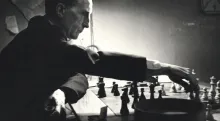



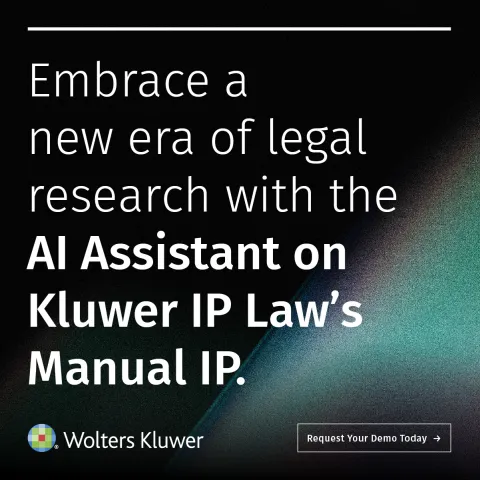


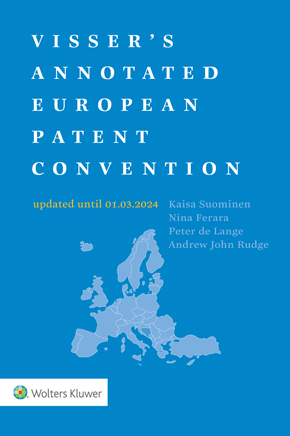
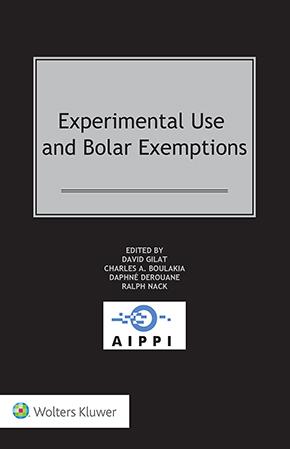

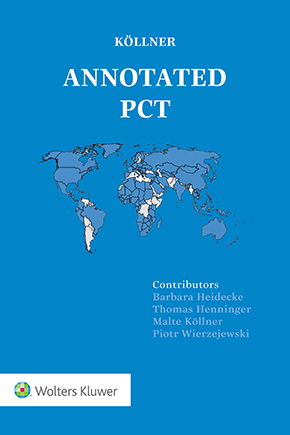

Fragender
"the possibility of requiring applicants to provide this type of information, while maintaining sufficient safeguards to protect all confidential information to the extent it is required under EU or international rules." Hmmm, I did not know there was a choice. As far as I understood, you disclose your invention and after 18 months it will be published. If you keep trade secrets and the disclosure is insufficient, you won't get a valid patent. To me this means, the algorithm and the training data have to be disclosed, otherwise others can not recreate the invented subject. To me it sounds like AI proponents have a new piece of cakeism...
Peter Parker
In my opinion, the only real issue is sufficient disclosure. Maybe patent offices need to update their filing systems to allow upload of training data together with the usual filing of the patent application. The data could then be used with the disclosure in the application to implement the invention. If patent offices are clever, they charge the applicant a supplemental fee for training data per megabyte in order to create an incentive that training data sets are managable but sufficient.
Attentive Observer
To support Fragender, I would like to draw the attention to T 161/18. https://www.epo.org/law-practice/case-law-appeals/recent/t180161du1.html The application relates to determining the cardiac output. In its catchword the BA said: The present invention, which is based on machine learning, in particular in connection with an artificial neural network, is not sufficiently disclosed, since the training of the artificial neural network according to the invention is not implementable for lack of disclosure. So this is for Art 83EPC. Now for Art 56: Since in the present case the claimed method differs from the prior art only by an artificial neural network, the training of which is not disclosed in detail, the use of the artificial neural network does not lead to a special technical effect which could establish inventive step. In a nutshell we are faced by one of the biggest problems of AI and neural networks: disclosing not only the algorithm, but also the training data. Whilst it is clear that AI can help out with repetitive actions, like for instance checking US, MRI or X-ray pictures in order to detect abnormal tissues, the training data will be very valuable. But once published they will most probably become worthless. I therefore do not expect a lot of patent applications is this new area of technology. As far as the creation of a right sui-generis for AI algorithms, we have the experience of the “Washington Treaty on Intellectual Property in Respect of Integrated Circuits” of 1989. A lot of efforts were put in at the time and this treaty has not yet come into force as only Bosnia and Herzegovina, Egypt and Saint Lucia have acceded or ratified….. Why do we need a separate deposit for AI? The algorithm as such is not worth a lot in the absence of the training data. And are the creators of AI applications ready to communicate all those data? As there is a lot of state money to get, AI has become a buzzword. It is a wonderful playground for legal scholars, as many different aspects are touched, but will it be the big thing of the future? We have seen the big data and biotech bubbles deflate quicker than they inflated, and I would not be surprised that the same happens with AI. Let’s legal scholars have their playground, but save us on messages which have little to do with real life. As far as the two applications before the EPO are concerned, should DABUS be accepted as applicant, they are probably not inventive for the one (food container) or not sufficiently disclosed for the other (devices and methods for attracting enhanced attention, i.e. a flashing light).